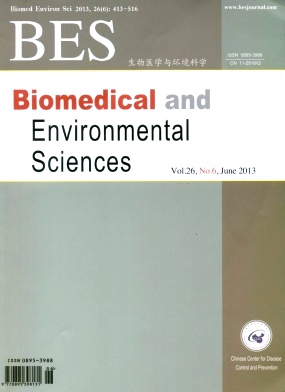Socio-economic and Psychosocial Determinants of Smoking and Passive Smoking in Older Adults
doi: 10.3967/0895-3988.2013.06.006
-
Key words:
- Smoking /
- Second-hand smoke /
- Socio-economic /
- Psychosocial /
- Older adults
Abstract:
Objective To determine the associations of socio-economic and psychosocial factors with active and passive smoking in older adults. Methods Using a standard interview method, we examined random samples of 6071 people aged≥60 years in 5 provinces of China during 2007-2009. Results World age-standardised prevalence for current and former smoking in men was 45.6% and 20.5%, and in women 11.1%and 4.5%. Current smoking reduced with older age but increased with men, low socioeconomic status (SES), alcohol drinking, being never-married, pessimistic and depressive syndromes. Former smoking was associated with men, secondary school education, a middle-high income, being a businessman, being widowed, less frequencies of visiting children/relatives and friends, and worrying about children. Among 3774 never-smokers, the prevalence of passive smoking was 31.5%, and the risk increased with women, low SES, alcohol drinking, being married, having a religious believe, and daily visiting children/relatives. There were sex differences in the associations, and an interaction effect of education and income on smoking and passive smoking. Conclusion Older Chinese had a higher level of smoking and passive smoking than those in high income countries, reflecting China’s failures in controlling smoking. The associations with low SES and different psychosocial aspects and sex differences suggest preventative strategies for active and passive smoking.
| Citation: | ZHANG Dong Mei, HU Zhi, ORTON Sophie, WANG Jia Ji, ZHENG Jian Zhong, QIN Xia, CHEN Ruo Ling. Socio-economic and Psychosocial Determinants of Smoking and Passive Smoking in Older Adults[J]. Biomedical and Environmental Sciences, 2013, 26(6): 453-467. doi: 10.3967/0895-3988.2013.06.006 |







 Quick Links
Quick Links
 DownLoad:
DownLoad: